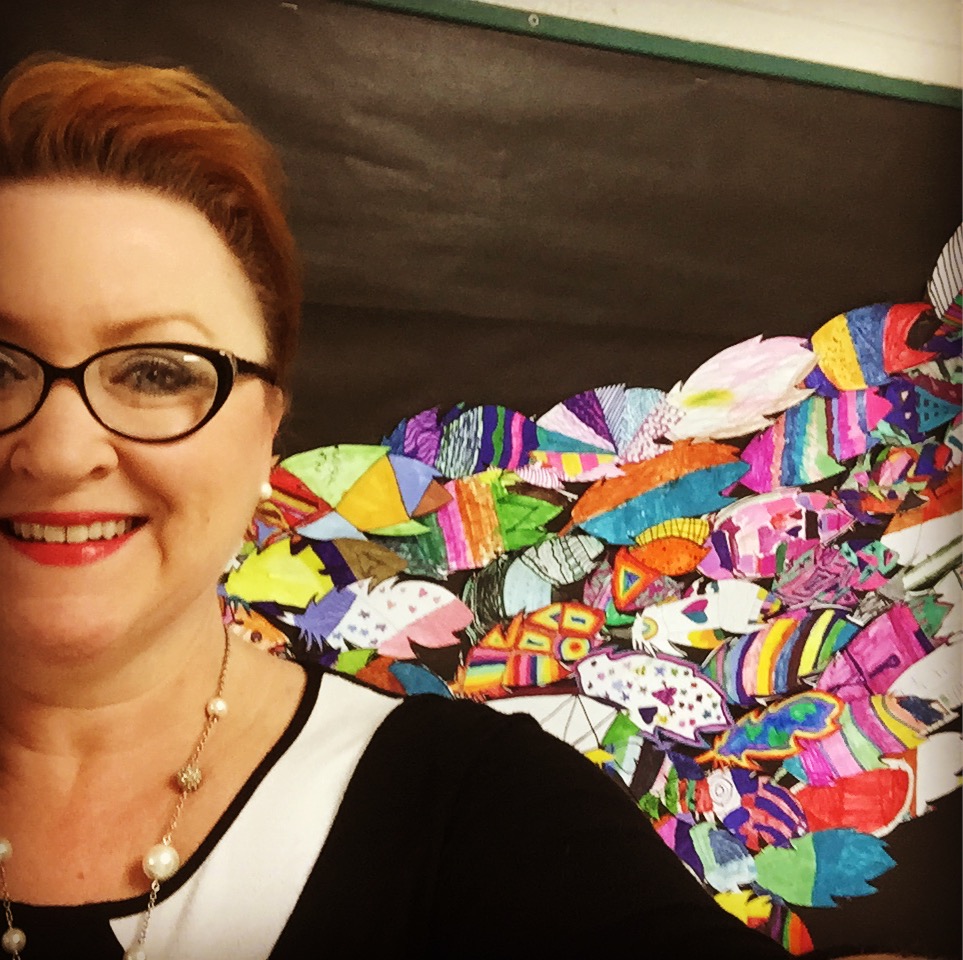philosophy of teaching
June 2008
In the marketplace of public education, a trade exists between teacher and student. There is supply in the form of information, pedagogy, and philosophy, and demand that manifests in grades, test scores, diplomas, self-image, learner competency, and effective citizenship. The single most important element in this marketplace is the currency utilized by an effective teacher.
While I fall short of excelling in economics, I believe I have a firm grasp on this concept of currency held by effective teachers. This currency, in fact, is the essence of what makes a teacher successful: The willingness and capacity of a teacher to have a meaningful relationship with each and every child he or she teaches. The currency we teachers trade in is our connection to a student’s psyche, a child’s soul. The more willing we are to personalize and signify interaction with each student, the greater the impact we ultimately have. It is not so much what we do for a child that matters. It is the way we do it that defines our ability to reach and teach the students entrusted to our care.
A deep passion for teaching, adherence to both academic excellence and personal integrity, humor and natural camaraderie balanced with the willingness to allow children to experience the natural consequences of mistakes — these concepts are embedded in my personal belief system, and cannot be separated from who I am or how I teach. I also bring realism and honesty to the classroom, and encourage every child to learn objective self-evaluation. In a world of ubiquitous electronic media messages, the ability to see oneself objectively and realistically is an essential personal tool. These ideals, combined with my belief in the student-teacher relationship, help me succeed in the profession I love.
As with most teachers who love what they do, my rewards are often anecdotal in nature, deeply personal, and usually stumbled upon when least expected. My reward, my profit in the marketplace of education if you will, is the look of pride in student’s eyes at the end of a hard-fought, well-done project. It is the sudden realization on a student’s face that he or she could accomplish a difficult or new task after all. My rewards are sometimes the result of my above-average hearing — overheard snippets of conversation between two students talking about how they love coming to my class or wishing they had my class every day. It is the parents who go out of their way to thank me for making a difference in the way their child sees himself, perhaps with a newfound understanding of his ability to persevere, to take a risk, or to succeed in school when it has always been so hard before. As an art teacher and an artist, my reward is also the tender beauty of my young students’ art. In my eyes their projects are priceless, irreplaceable, rivals to works of the masters held in museum inventories. My reward is knowing that in creating a work of art, a child has attached a part of his or her life to it, and as the child grows the art will stay fixed as a reminder of who they are and whence they came.










